#Skykomish-Washington
Text
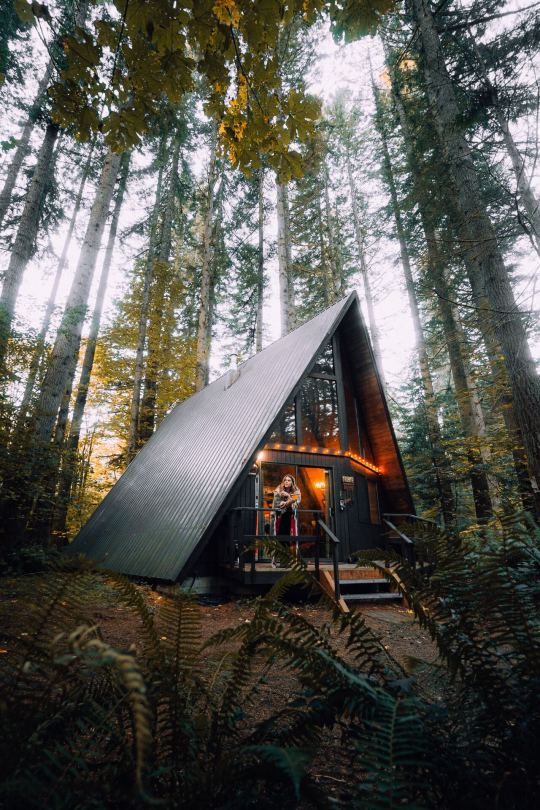
(by Karsten Winegeart)
#vertical#landscape#x#a#watsf#curators on tumblr#trees#mountain#Karsten Winegeart#cabin#forest#Skykomish#washington#united states
418 notes
·
View notes
Text

27 notes
·
View notes
Photo

A trio of Great Northern's 1-C+C-1 electrics (Class Y-1) layover at the engine house in Skykomish, Washington during the summer of 1955.
56 notes
·
View notes
Text
Seattle Fact #juu:
Some shmuck just had to go and read from a weird old book they found while hiking up at Iron Goat.
Now the Skykomish area is full of flesh-hungry ghouls in northface vests and uggs!
19 notes
·
View notes
Text
Gold Bar to Index
23 June 2023

It’s less than an hour in the car from home to Gold Bar on US 2. There’s an easy place to park next to the railroad tracks and there’s a small store right across the street for last minute snacks. And May Creek and Reiter Roads provide a quiet alternative to the highway all the way to Index. But I’d never gone this way, either in the car or on the bike.
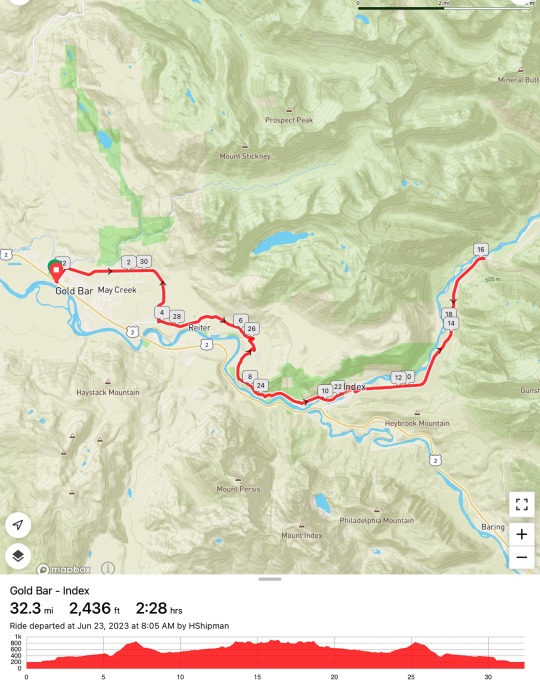


Reiter Road was great on the bike, with fairly good pavement and few cars. It does have a significant hill, in both directions, which breaks up the monotony of what otherwise would be a long, gradual climb up the Skykomish River. The road follows both the river and the railroad as it approaches Index. There were a couple of popular pullouts - probably mainly for climbers on the ‘Index Town Wall,’ the cliffs on the north side of the valley.
Index itself, completely overlooked by folks driving on Route 2, has a park, a store, and a restaurant or two. It makes a good break before turning around, or heading on up the North Fork of the Skykomish.
I rode another five miles above Index on the Index-Galena road, but turned around when I reached the construction barriers. There were big washouts back in 2006 and the county is finally getting close to reopening the road, but for the time being, this is the end of the line.

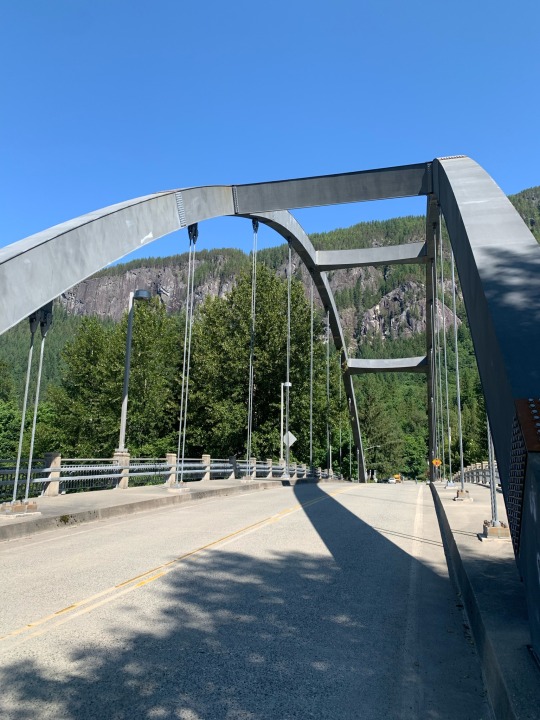
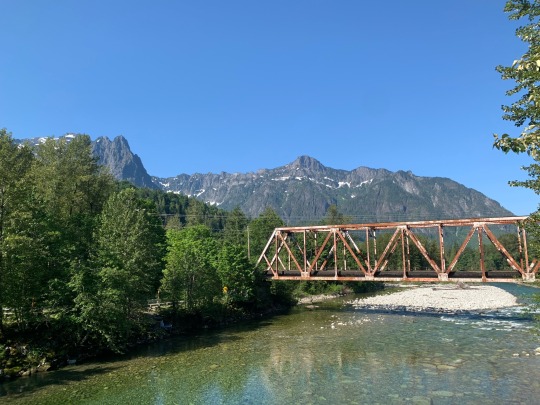
It’s too bad there aren’t more alternatives like Reiter Road for the rest of US 2 across the mountains. There are a few bike friendly options - the old road on the west side of Steven’s Pass, for example. But there are also places where the only choice is the busy highway, and while some sections have wide shoulders, many do not. If this could be solved, this could become a wonderful way to cross the Cascades by bike.

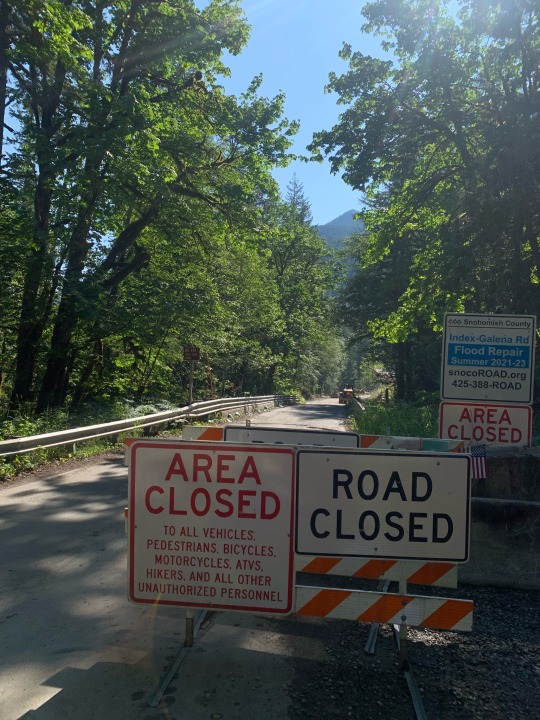
0 notes
Text

Skykomish, Washington, USA. by Nick Dumas
55 notes
·
View notes
Text

North Fork Skykomish River, Baring, Washington
44 notes
·
View notes
Note
Vent to me about trains if ya like :3
YAY :D
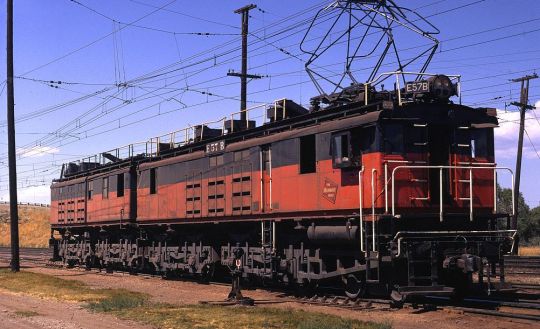
So the Milwaukee Road was the First Railroad to use the use 3000 Volt DC power for any significant stretches of Electrification in 1915 (it was adopted by South African Railways in 1925, Cleveland Union Terminal (under the New York Central Railroad), the Soviet Union in 1930, the Delaware Lackawanna and Western Railroad in 1930, Italy in 1933, Brazil in 1935, Spain and Chile in 1945)
however the Primary mainline Electrification system United States would be 11,000 Volts 25 Hertz AC which was Adopted by the New York New Haven and Hartford Railroad in 1907 between Pelham and Stamford in New York (later all the way between Manhattan and New Haven CT), the Pennsylvania in 1915 between Philadelphia and Paoli (later the Entire PRR mainline between Washington DC and New York as well the entire Philadelphia Suburban Network), the Great Northern railroad in 1922 between Wenatchee and Skykomish (de-electrified in 1956), the Virginian Railroad in 1925 between Mullens and Roanoke (de-electrified in 1962), the Reading Railroad in 1928 for their Half of the Philadelphia Suburban Network, and very Briefly the Norfolk and Western had Electrified the Elkhorn grade with this system but de-electrified in 1940
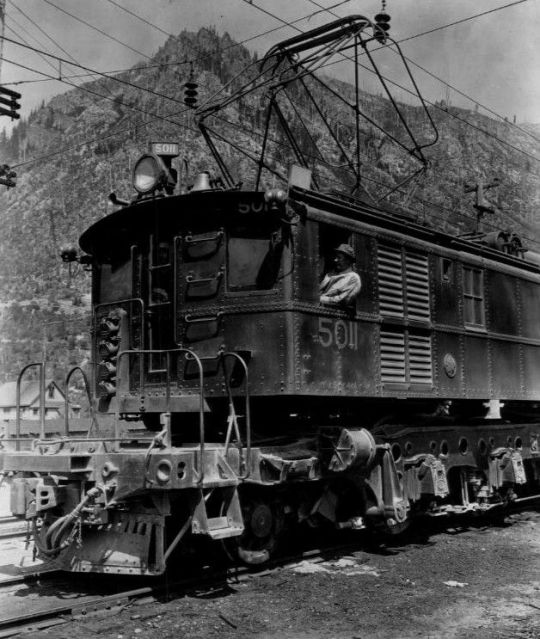

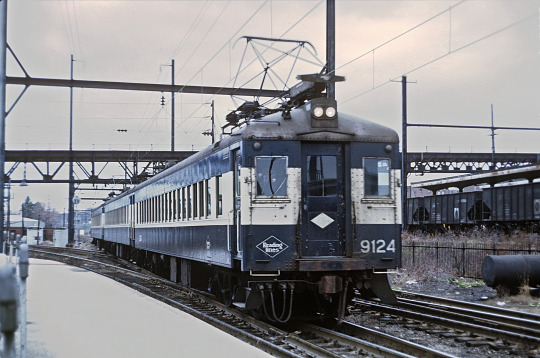

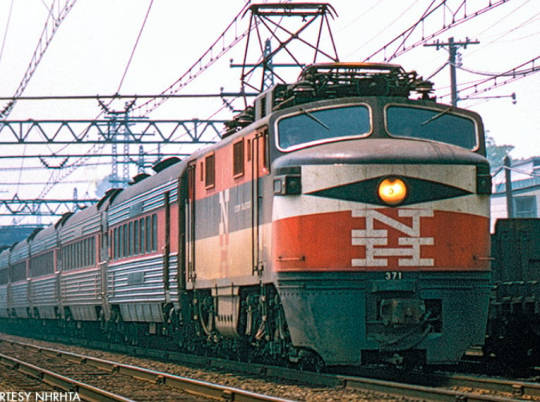
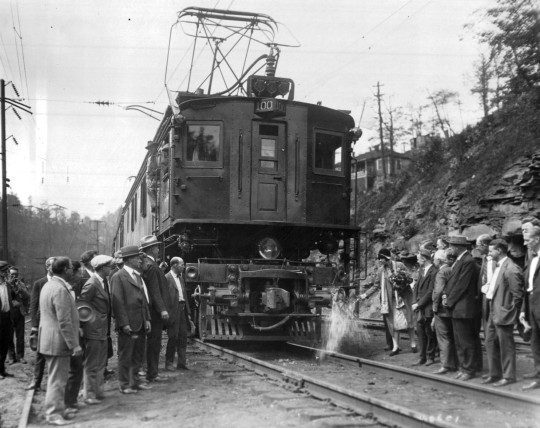
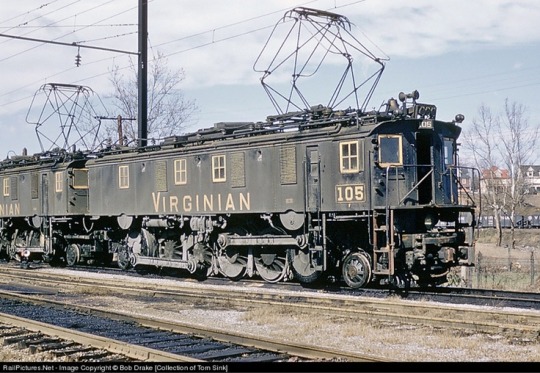
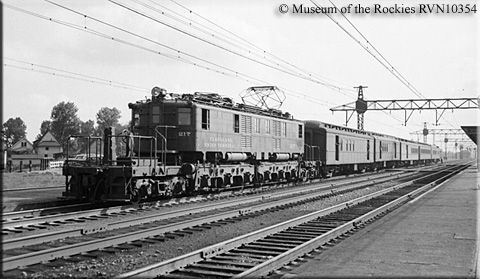
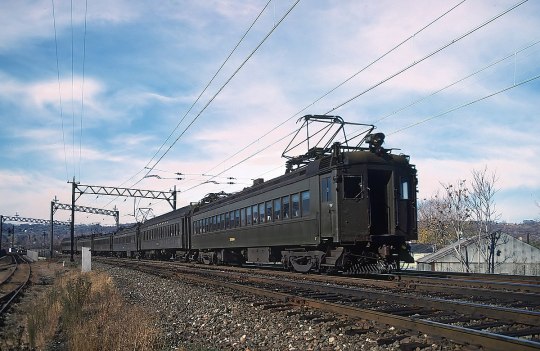
@amtrak-official
#trainposting#amtrak#electric traction#pennsylvania railroad#new york central#new york new haven and Hartford Railroad#new haven#penn Central#conrail#reading railroad#reading and Northern#Virginian Railroad#electrification#electrified railroads#great northern#septa regional rail#philadelphia#northeast corridor#Delaware Lackawanna and Western#Erie Lackawanna#Cleveland Union Terminal
15 notes
·
View notes
Text

Bridge over Skykomish River,
Baring Washington
Baring on my mind
Mind
Changed since a chance encounter
Moon
full
so bright
Bike
bike is life
foreign moving object
head
brain bouncing
Baring on my mind
the kids and grandkids
ins and outs
dearly missed
Baring on my mind
10 notes
·
View notes
Text
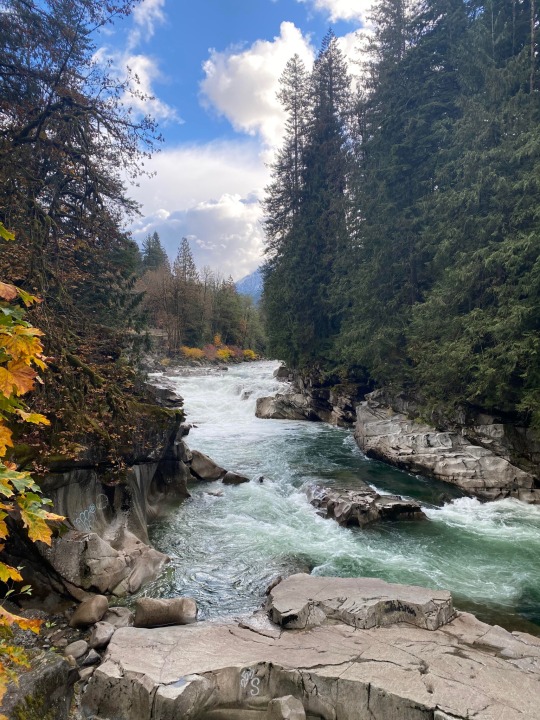
Skykomish River, Washington.
#black metal#paganism#pnw#norway#atmospheric black metal#cascadia#pacific north west#nature#pacific northwest#river#Washington river
10 notes
·
View notes
Text
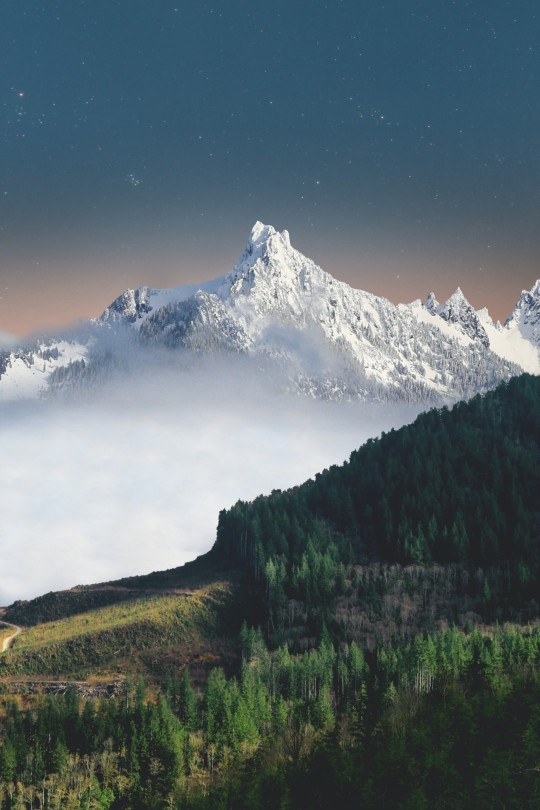
Skykomish, Washington. Photo by Jordan Steranka.
#rvlife#camping#rv living#adventure#traveling#rvadventures#travel#campfire#rvliving#beautiful photos#photooftheday#travel photography#photography#landscape photography#nature photoshoot#naturepics#travelphotogallery#travelphotooftheday#travel photo diary#travel pics#travel photo blog#travelphotography#travelpics#pics#tumblr pics#rv life#hikingadventures#hiking#van living#van life
5 notes
·
View notes
Text
I Gave My Heart To The Junkman
Yesterday I sold my best friend to a stranger for $315.
This was, of course, far less than what a 2005 Kia Sedona ought to fetch, even for scrap alone. There were certainly a lot of useful parts still tucked inside ... but beyond any question of material worth, the sentimental value was incalculable. After all, I had poured so many financial and emotional resources into this long-term relationship, and steadfastly made repairs whenever the need arose, and had shown more unflagging devotion to this soccer-mom minivan than I had for some of my boyfriends, jobs, teeth, and homes. She was my first car, and like any first love, a first car carries a special significance.
I bought my Pamela in March of 2017, springing her from a dusty little shitpot in Bonner Springs, Kansas. I paid $2300 in cash for her, and easily poured ten times that amount into repairs. In just under six years, I replaced her starter, radiator, alternator, thermostat (twice), drive shafts, brakes, catalytic converters, power steering pump, rear shocks, rack and pinion, tie rods, hub and bearing, window motor, door actuator, timing belt, alternator belt, EGR valve, purge solenoid, charcoal canister, air conditioning compressor, cooling fan, valve cover gasket, tensioner and idler pulleys, exhaust Y-valve, oxygen sensors, hood struts, coils, hoses, filters, batteries, rear window, and three camshaft position sensors. We broke down in Iowa, Colorado, Washington, and Florida. We blew tires in Wisconsin, Oklahoma, Minnesota, and Georgia. I got to know the various components of my vehicle, one by one, as they fell apart.
Last week, she failed to start. In and of itself, this wasn't anything new, as she had crapped out so often in the past. But this time felt different, somehow. There was something so final about this silence. I knew, in that moment, that Pamela just didn't want to go any further. She had gone far enough.
With a heavy heart, I made arrangements with the junkman to come cart her away. I took the next few days to clean her out, retrieving all the tools, camping gear, and souvenirs I had stashed in her crates and cargo areas. The last thing I removed was the bobbing statue of Hula Girl, which I had glued to the dashboard back in Missouri. Her nose had gotten chipped in Iowa, when a sudden crosswind thwacked my camera's lens cap across her face ... but her irrepressible smile and cheerful ALOHA had accompanied me for over 99,700 miles, and I couldn't bear to leave her behind. I did, however, tear off the last few shreds of her disintegrating grass skirt, which no longer afforded her any dignity.
I sat for a long while in the driver's seat, holding the wheel that had been in my hands for thousands of hours. Its foam grip had been shredded by the stress of too many white-knuckled rides, all those times when I prayed for us to make it through blinding downpours or snowstorms or terrifying deep country two-lanes or narrow construction zones.
Sitting there, like a kid playing vroom vroom in the family car, I recounted some of our many adventures aloud. "Remember driving down the Vegas Strip? That supercell catching up with us in Valentine? That sunset in the wind farm? Heading out to the Olympic Coast? Devil's Tower? Ed Gein's place? Tinkertown? Bonneville? Waco? That refinery by Dodge City? Sunrise at Monument Valley? That one flat we got in Viroqua, and the farmer helping us change it? Dawn at Cades Cove? Those little hilltop dairy farms in The Driftless? The Badlands? The rim of Bryce Canyon? The meadow in South Park? The pueblos at Bandelier? Finding the trail at Butler Wash? The caves of Maquoketa? Picking up that hitchhiker in Dinosaur? Taking the Mountain Loop Highway up to Big Four? Morning mist on Steamboat Slough? The salmon run at Granite Falls? Taking the Alaskan Way Viaduct? Running along the Skykomish? The vultures on 312? Shiloh? Hooking up with the guys at Magnetic Springs? Going up Mt. Baker?" This went on for ages. Each memory brought to mind another, and another, experiences strung in sequence like beads on a string, a rosary of perils and deeds. After about ten minutes, my soliloquy devolved into a précis ... all I had to do was murmur "Kitty Hawk" and we returned immediately to one of the worst nights in our history, when we had to drive 700 miles through a tornado outbreak with a busted alternator and half a dozen batteries, sometimes driving blind in the rain without headlights or windshield wipers. We had so many close calls in our time together, and our survival sometimes seemed miraculous.
Finally, words failed me, and I wept. I sat there, finding myself once again broke and broken, a few weeks shy of turning forty-nine, devastated at another huge loss, crying my eyes out because my car wouldn't start.
Pamela had listened to me laugh, scream, sing. She heard my deepest secrets, my most buried fears, all the things I will never share with another living soul. She held space, literally and figuratively, as I processed early traumas, the kinds of injuries that had to be coaxed out of my soul like splinters. She kept me company as I mourned lost friendships, raged at failed opportunities, exulted over spiritual and professional victories, learned the lyrics to dozens of showtunes, and sifted through the smoldering wreckage of too many love affairs. She saw me at my very best and my very worst.
We traveled from coast to coast, crossed the Mississippi dozens of times, explored every kind of terrain in the continental US. We'd chased after tornadoes in Nebraska, dodged hailstones the size of tangerines in Oklahoma, coasted into Death Valley with squealing brakes, gunned through the Cascades on bald tires. We'd raced across salt flats and skidded out on gravel roads and slid on ice and got stuck in the mud. We climbed narrow mountain roads, corkscrewing upwards like a buggy in a Disney darkride, and were rewarded near the summits by whispering aspen groves and skies the color of lead. We followed thunderheads across hundreds of miles of cornfields, doubled back to photograph collapsing barns, got lost and found and lost again. We nearly ran out of gas on a stretch of moonlit desert, and were almost forced off the road by a madman near Mexican Hat. We saw insect swarms, murmurations of starlings, clouds rising from firs, incandescent sunsets, fogbound highways at 4:am, hazy feedlots, mine shafts, floodwaters, dust devils, wildfires. She had given me a treasury of beauty.
Pamela drove me to jobs in corporate office demolition, sanitation, construction site cleanup, disaster services, aerospace manufacturing, warehouse fulfillment, toy merchandising, and food delivery. She waited in parking lots while I went skydiving and whitewater rafting and hiking, while I ate, slept, got laid, gathered sharks' teeth, watched lions mate, and raised a circus tent. She carried me to zoos, sex clubs, cemeteries, battlefields, dormant volcanoes, dams, lighthouses, shipwrecks, museums, rodeos, waterfalls, weird roadside attractions, a nude beach, a monastery, a cassowary ranch, and the homes of countless friends. We saw Monterrey, Santa Fe, Orlando, Tukwila, Minneapolis, Fort Sumner, Little Rock, Mukilteo, Pensacola, Oso, Tulsa, Jupiter, Oakland, Bellingham, Eureka Springs, St. Louis, Mosca, Wichita, Portland, Pahrump, Ocracoke, Waco, Memphis, Sarasota, Montgomery, Estes Park, Vernal, Coeur d'Alene, Peoria, Birmingham, Lumberton, Des Moines, Topeka, Darwin, Beaverton, Bemidji, Enid, Deadwood, Hot Springs, Cullman, Austin, Ocean Springs, Chattanooga, Carlinville, Abilene, Darrington, Nashville, Moab, Pagosa Springs, McEwen, and innumerable parks, farms, rivers, and valleys. She took me to Judy Garland's birthplace in Grand Rapids and my own origin point in Ellensburg. We killed a hare near Ogallala and drove below arches made of lightning. We endured for far too long the joyless mazes of suburbia. She brought me into and back out of my homeland. She was my home at times.
Yesterday, a tow truck showed up on Reef Drive, our residence for the last four years. Pamela was marooned just behind her usual spot, along a hedge at the front of the property, in the shade of a nearby palm. A flock of scarlet ibises used to roost on her roof, and a clowder of feral kittens sometimes took shelter beneath her when it rained. There was a big rectangle where the grass had long ago given up and stopped growing. All of this was about to change.
The junkman was a friendly, toothless old chap named Thomas, and he had been doing this job for decades. His skin had been leathered by the sun, his hair bleached into straw, and save for the ball cap and tee shirt he looked exactly like a Gold Rush prospector. On his flatbed slumped a '71 Ford Bronco which had clearly seen better days. In any other circumstances, I'd be delighted to photograph such a wreck ... its windows were blown out, most of its panels were rusted, and it had an appealing patina of green mold, the sort of picturesque decay that I've spent decades documenting. But now it all seemed just too sad for words ... two old vehicles, far past their prime, being taken out to pasture. I thought of how horses used to get shot if they couldn't be ridden anymore.
Thomas indicated that my car seemed to be in pretty salvageable shape, though, and that she was likely to undergo a refurb rather than being scrapped altogether. This gave me a ray of hope that perhaps Pamela might yet play a special role in somebody else's life, and that just because our road had come to an end did not mean she herself was destined for oblivion.
I told him a little about the vehicle he was buying, how famous she was, how there were loyal followers around the world who had been cheering her on for the past several years. "This isn't just a car," I said. "Pamela's been through a lot. She's special." I told him about the memoir I published last year, about how we had traveled together over the whole country and seen the most incredible sights. He nodded and smiled and feigned interest, as he pointed out the numerous papers for me to sign off on. Then he handed me a check, which seemed pitifully small in my hands, and he set about hooking my poor old hooptie onto the tow rig.
I'd witnessed this ritual so many times ... the slow humiliating whine as my baby got hoisted into position, the rattle of chains around her undercarriage, the sinking helpless feeling as the tow truck lurched forward. I had already seen her get pulled away when her radiator blew up in Boulder, when her starter crapped out in Bothell, when her fuel lines got clogged in St. Augustine. But this time was different. This time there would be no joyful reunion at the shop. I stood across the street, and the reality of the situation hit me full force. Pamela, the car who had transformed my entire life, who had freed me from a desperately unhappy stint in Kansas City, who had framed most of America in her windshield, was leaving me forever. In a few minutes, she would disappear, and that would be that.
It's different in the movies, when a love story wraps up. Your heroes ride off into the sunset together, and the music swells, and THE END appears in big fancy letters over the clouds. And as the credits roll and you stand and brush popcorn from your lap you enjoy a tidy sense of closure. There is a clear sense of something having been finished, of a narrative having reached its rightful conclusion. My last few minutes with this minivan, on the other hand, felt weirdly anticlimactic and unsatisfying. I caught a few seconds of video on my phone as the tow truck began its journey. Then I just stood in the middle of the road with my arms hanging limply at my sides and watched as the most meaningful possession of my life rolled away, growing smaller and smaller until she reached the end of the block. And then the tow truck rounded the corner, and left my view altogether, and my Pamela was finally gone.
"Goodbye, old girl," I said, wiping my eyes. "Goodbye." Then I went back to my studio, returned to my easel, picked up a brush, and began the search for a new frontier.
2 notes
·
View notes
Text

26 notes
·
View notes
Text
Wellington Train Wreck
Wellington, once a thriving railroad town in the Washington Cascades, was abandoned long ago for a tragic reason: It was the site of what may have been America's worst avalanche-railroad disaster of the twentieth century, a disaster the town could not survive.
The Great Northern Railway built the 2.6-mile-long Cascade Tunnel as part of a network of tunnels and rail lines through Stevens Pass in 1893. The town of Wellington was located in a valley at the west end of the tunnel, along the Tye River. About a mile to the west, the railroad built a second tunnel, which opened into western Washington.
The trains that passed through the Cascades were serviced in Wellington, and the town was also a stop for passengers if the train was delayed due to heavy snow in the passes. It had a small hotel, a general store, and a restaurant.
At the end of February 1910, a nine-day blizzard hit the Cascade Mountains. Eleven feet of snow fell on the last day alone. Two trains from Spokane were delayed in Wellington, waiting for the snow to clear before they could heard to Seattle.
When the stormy broke on February 28, passengers and crew boarded their trains and waited for snowplows to clear the tracks. The trains stood under some of the wood-roofed sheds just outside the western tunnel. As the day wore on, the weather warmed up, and it began to rain. The passengers sat in the trains all day and into the night. They were still there, waiting under the sheds at around one a.m. on March 1, when the train turned into a thunderstorm. High above the trains, a slab of snow broke loose, starting an avalanche ten feet high and a quarter mile long. The avalanche missed Wellington, but it swept the train 150 feet to the bottom of the valley.
Officially, ninety-six people died, but there were rumors that the death count was higher and that the railroad and newspapers lied about the numbers. It might have been an honest mistake, however, since all the bodies were not recovered until the end of July. It was considered a miracle that twenty-three people survived.
The town and the railroad quickly received a bad-luck reputation. In October 1910, the railroad renamed the town Tye, after the river valley. It also rebuilt a concrete snow shed, so the disaster could not repeat itself. Even so, people were still uncomfortable stopping there. When the railroad built a new depot farther west, in Skykomish, the little community of Tye faded awya.
Some believe the spirits of the dead from the 1910 avalanche still relive the trauma of the crash. Those who visit the Wellington town site in the winter claim that in addition to the wind, they can hear the sounds of a ghostly avalanche, the crash of the train as it falls down the mountainside, and the screams of the injured people. Others claim they have heard the sound of train whistles as they walked through the tunnel.
0 notes
Photo

Skykomish River, Washington State, US [3000x4000][OC] https://ift.tt/zx9HfGy
0 notes
Text
Duvall - Marckworth Loop
11 May 2023

I did this loop in the opposite direction a couple of years ago (April 2021: Duvall and Marckworth) and have wanted to come back ever since. It’s a 45-minute drive in traffic out through the suburbia of Bellevue and Redmond to the farmlands of the Snoqualmie Valley and the small town of Duvall. I parked at the Depot (also a great trailhead for the Snoqualmie Valley Trail, but that wasn’t part of today’s route).
I like this route because it’s out of the city, but not too far a drive. It’s a nice length (37 miles) with some climbing but nothing awful. The paved portions are pleasant, but the gravel is really the attraction.



My route followed Cherry Valley and Kelly Roads east from Duvall, before turning sharply left onto Swan Mill Road, which becomes Stossel Creek Road. Somewhere it turns to gravel, somewhere there’s a gate, and somewhere you begin to climb. Most of this lies within the Washington DNR’s Marckworth Forest. Because there’s a gate (and another at the north end), cars can’t do this loop, which is part of its attraction. While the basic route is usually pretty evident, the navigation gets confusing in spots, and it really helps to have looked at maps and loaded the route into the GPS. Eventually, the route pops back out on Polston Road/299th Ave SE which drops down to Ben Howard Road along the south bank of the Skykomish River,
Ben Howard Road returns you to WA 203 and the Snoqualmie Valley. I guess one could just return to Duvall on 203 (good shoulder, but lots of cars) but the secondary roads through the farmland are more pleasant. They lack the shoulders, but they also lack the traffic. The roughest stretch was the final 3/4 mile leg back across the valley into Duvall on the Woodinville-Duvall Road. There’s no room for a shoulder and there are plenty of cars, so it takes some patience (on your part and on theirs).


6 notes
·
View notes